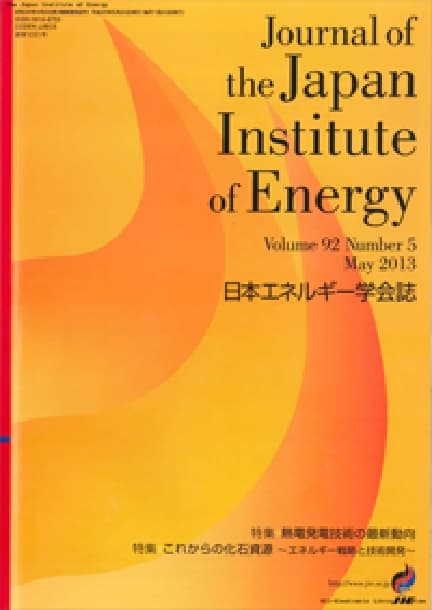Analysis of Recycle Solvent in Coal Liquefaction (II)
Yasuo MIKI, Yoshikazu SUGIMOTO
pp. 213-222
DOI:
10.3775/jie.77.213Abstract
100 samples of recycle solvent were obtained by continuous opera-tion (50 days) of 1 ton/day coal liquefaction plant at Kimitu. Acenaphthene and biphenyl derivatives in the recycle solvents were analyzed in detail by the technique of selective ion measurement of GC/MS. Because of the replacement of the initial solvent by coal-derived product during the continuous operation, the amounts of acenaphthenes (including hydrogenated derivatives) and biphenyls (including hydrogenated derivatives) in the recycle solvents decreased remarkably while the amounts of compounds substituted by methyl or ethyl groups increased. The difference of degree of hydrogenation before and after hydrotreating process of solvent was about 40%, 20% and 20% for acenaphthene, methylacenaphthenes and biphenyl, respectively, and any significant difference was not observed for methylbiphenyls. The hydrogenated derivatives of alkyl-substituted acenaphthenes and biphenyls with over two carbon atoms in the alkyl chains were not found in the solvent.










